Alexandria Maloney MPA ’19: Building the next Generation of Inclusive DEIJ+ Leaders
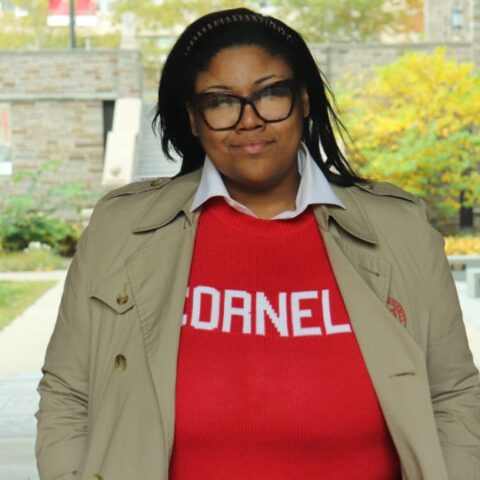
When Alexandria Maloney began her MPA at Cornell University in 2017, she was on a mission to learn from the nation’s leading public administration practitioners to apply theoretical frameworks in solving one of the U.S. foreign affairs community’s most challenging problems — building sustainable DEIJ+ organizational frameworks.
Alexandria’s academic studies and professional experiences span eight years across the U.S., Europe, and Asia. While pursuing her BA in International Affairs in Rome, Italy, and completing internships with the State Department, United Nations Foundation, and White House Initiative for HBCUs, she experienced first-hand the lack of representation and retention across her field, often being the only person of color in a room. “I felt compelled to act early on in my career. I knew of so many talented, diverse peers who would thrive in these spaces.” This is where her initial passion for helping to transform organizational culture began.
While an MPA student, Maloney was co-president of the Cornell Women in Public Policy (WIPP) and completed her final research project on “Diversifying U.S. Foreign Affairs Agencies through System Thinking Frameworks.” Using theories learned in Professors Derek and Laura Cabrera’s systems thinking and organizational design courses, she interviewed and provided recommendations to Chief Diversity Officers across all major U.S. foreign affairs agencies, including the U.S. Department of State, USAID, Peace Corps, and the Office of the Director of National Intelligence (ODNI).
“It has not been uncommon in my career to be the only person of color, woman, or younger professional on teams,” Alexandria recalls.
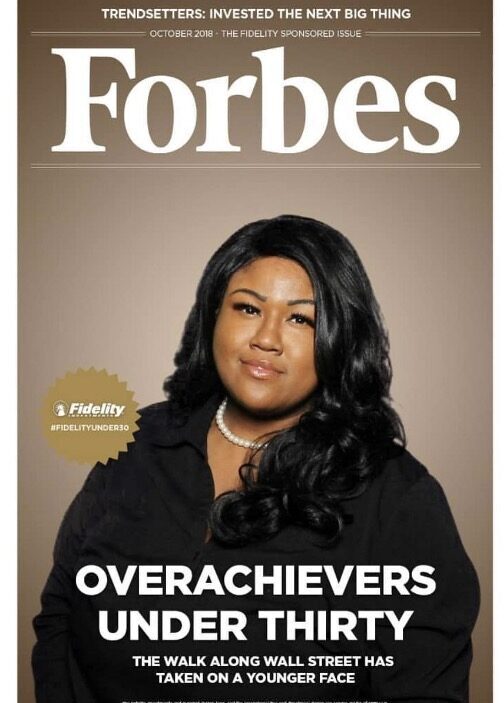
“Now, looking back, I recognize that I, typically a confident and assured individual, was hesitant at times to contribute to discussions because of my own imposter syndrome and self-doubt in a room of senior-level officials. However, when I felt prepared and encouraged by leadership to contribute, I was definitely more apt to provide my assessments that resulted in major developments and policy work.” In 2021 while serving as an International Affairs Officer at U.S. Central Command with the U.S. Department of Defense, Alexandria was coined by the J2 as the most-junior serving member on the team.
Since graduating from the MPA Program, Alexandria has taken the foreign affairs world by storm. At 30, Alexandria was announced as a “Forbes 50 Champion” by For(bes) the Culture for Black and Brown Communities for her leadership as President of Black Professionals in International Affairs in building ecosystems to educate, prepare, and empower an organic reach of over 60,000 international professionals.
She has also been recognized as a CSIS-DINSN Power 50 Leader, Truman National Security Project’s “Rookie of the Year,” and the 2020 “Alumni of the Year” of her undergraduate alma mater, John Cabot University in Italy.
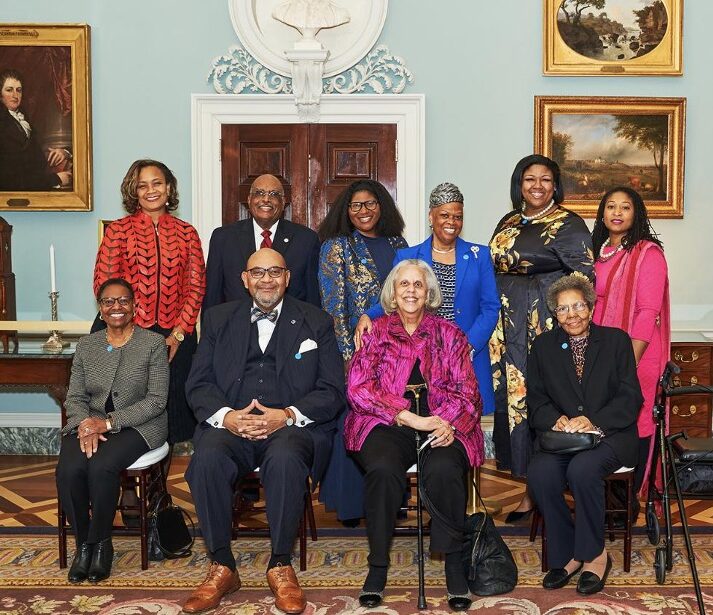
In February 2023, Alexandria spoke on the topic of diversity and representation in American foreign policy for the World Affairs Council, an organization currently led by fellow MPA alumna Jacqueline Miller. She credits her international impact primarily to her academic training and helping to build inclusive and welcoming environments in her immediate community.
“The Cornell MPA and network sharpened my practical experiences to operationalize these frameworks that agencies and my clients have successfully implemented.”
During the pandemic and the rise of the George Floyd protests, she co-founded “The World is Watching BLM,” a global coalition supporting the international Black Lives Matter movement. Additionally, she was a featured speaker at the United Nations and G20 Civil Society Summit. After serving as a foreign policy volunteer for the Biden Presidential campaign in 2020, Alexandria helped found Foreign Policy for America’s Diversity in National Security (DINS) Working Group.
Q&A With Alexandria
What inspires you to pursue this work?
What inspires me most in this work is the overwhelming feeling of support and shared mission among so many organizations and individuals of all backgrounds ready to engage in this work. The idea that my efforts and impact will likely affect individuals that I may never meet or know in decades to come is humbling. My deepest goal is to encourage and inspire others to keep “doing the work.” Our field needs a robust, diverse, and creative workforce to solve the world’s evolving challenges, and what I love most about the Brooks School is that it’s an incubator for developing and equipping our world’s leaders.”
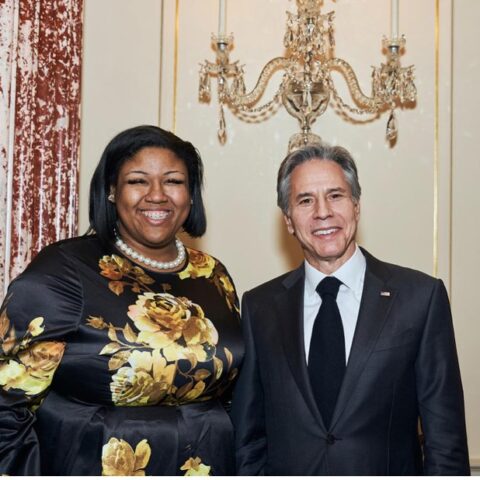
How do you define an “inclusive” organization?
I define an inclusive organization as a community where the individuals represented have a personal sense of belonging to that community. I consider indicators of an inclusive organization to include:
- A shared mission, vision, and set of operating principles that all employees are expected to abide by;
- An organization that views its workforce as a “community” of individuals from whom they solicit feedback regularly in the form of workplace climate surveys, anonymous surveys, and town halls in order to inform the decision-making and action plan from leadership.
- The “leaning in” of an organization’s leadership who prioritize, resource, and encourage expanding DEIJ+ efforts
- Leaders willing to address and act on an organization’s “hard to hear” feedback or toxic behaviors
- The allocation of resources (when possible) to establish a plan to engage members of the community in a meaningful way that makes them feel “seen” and “a part” of the larger community.
Organizations are made up of people. Inclusionary practices start on the individual level. How are we, as leaders ensuring all voices are heard and that our teams have a shared mission and sense of belonging to our team? Are processes for promotion and excelling (i.e., equal opportunities) communicated and clear to all employees?” Is it safe for members of our team and organization to show up authentically to the workplace or communicate disagreement? Are we prepared if members of our community do not feel it is safe to do so? What are we going to do about it? These are questions leaders should be asking regularly.
How can organizations create inclusive and safe work environments?
Organizations can create inclusive and safe work environments by, firstly, equipping themselves with trained professionals to facilitate this process. While limited resources continue to be a challenge across the public sector, retention will continue to reflect the realities of toxic or exclusionary work environments. Folks overwhelmingly leave an organization for two key reasons: being under-compensated or a toxic workplace culture. While compensation issues may be an easier to resolve, addressing toxic workplace culture is much more complex. Not only does it require a targeted plan, but also the courage and will of leadership to step up to form a measure of public or workforce-facing accountability.
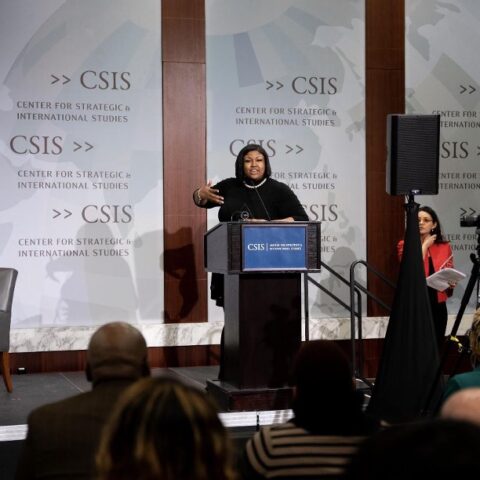 Efforts to build community fall through the cracks because often well-intended but untrained employees are delegated to address DEIJ and community challenges while also completing other responsibilities related to their role. Inclusion and safety are not things that manifest magically. For organizations that want to thrive, these things must be a priority. Highly inclusive communities are built over the span of years, centering trust, action, and listening. Private sector organizations are making major investments into their workplace culture due to mission alignment as well as the increased talent competition to retain staff by investing in further resources such as “wellness benefits,” team trips, activation of ERG groups, and facilitating the work through Chief Inclusion Officers, Chief Community Officers, and even Chief “People” Officers. The key is listening and acting on the needs of the community.
Efforts to build community fall through the cracks because often well-intended but untrained employees are delegated to address DEIJ and community challenges while also completing other responsibilities related to their role. Inclusion and safety are not things that manifest magically. For organizations that want to thrive, these things must be a priority. Highly inclusive communities are built over the span of years, centering trust, action, and listening. Private sector organizations are making major investments into their workplace culture due to mission alignment as well as the increased talent competition to retain staff by investing in further resources such as “wellness benefits,” team trips, activation of ERG groups, and facilitating the work through Chief Inclusion Officers, Chief Community Officers, and even Chief “People” Officers. The key is listening and acting on the needs of the community.
The idea of transforming an entire organization or field can be overwhelming. I believe in starting with our immediate spheres of influence. How can I make my campus, my team, my family, or my organization a more inclusive place?” Starting at the micro level can help test and build frameworks for larger efforts.
What is the role of allies and DEIJ champions in this work?
Allies and DEIJ Champions play a crucial role in the successful implementation of an organization’s DEIJ strategy. Erica Gabrielle Foldy’s comparative learning models toward race relations are a fundamental read for individuals of all backgrounds in reflecting on our outlook and approaches to this work. Forbes also recently published an article outlining constructive allyship in “Building a Better Workplace for Black Employees.” Allies may have opportunities to exercise and activate their privilege, particularly when engaging leadership, decision-making rooms, and traditional institutions of power for organizational change that a minority may not have. Speak up and or act when you see something that doesn’t seem fair, equitable, or inclusive in your workplace.
How do you help your non-Black peers learn how to ally for you well without overstepping your personal boundaries?
This is a great question! The first thing I advise to people of color at work is to prioritize their psychological and emotional well-being. We choose what, how, and when we engage. This often refers to “safety” — both job safety and psychological safety. Asking oneself — “Will raising this cause me any consequence, retaliation, or “othering” from my peers or boss? Am I running the risk of being seen as oppositional by raising a concern or microaggression? Has leadership displayed a willing to address or act on matters of workplace inequality or toxic behavior? Or do they make excuses or ignore the behavior? Is HR protecting my interests or the organization’s interests? These are real-world examples of questions I have had to ask myself before engaging in this work and still do.
As a person of color, I like to ask reflective questions to coworkers and allies about past scenarios or a dynamic I observed. That helps me to understand how open a person is to engaging in this work and what stage of their journey they are at. But remember, we are all on a journey. I extend the same grace to others that I hope someone will extend to me when I am unaware or learning something new. When I feel safe to share my observation with allies, I do; however, it’s been my experience that peers and coworkers are often not oblivious to the interactions. Powerful ally activation helps to speak on behalf of others, particularly for issues of inequality or microaggressions.
